From Scouting To Disaster Relief
For any military operation, regardless of the battleground, gathering information through reconnaissance is a crucial step towards achieving victory.
Although such tasks are mostly done by unmanned drones nowadays, direct confirmation by on-the-ground personnel remains highly valuable.
This is why Japan’s Ground Self-Defense Force (JGSDF) still puts emphasis on using reconnaissance motorcycles.
- General Overview
| Honda XLR250 |
Kawasaki KLX25 |
|
| Mass | 121kg (267lb) | 117kg (258lb) |
| Length | 2.17m (7.12ft) | 2.14m (7.02ft) |
| Width | 0.86m (2.82ft) | 0.88m (2.88ft) |
| Height | 1.2m (3.93ft) | |
| Speed | 135km/h (84mph) |
|
| Displacement | 250CC |
|
Deployed nationwide among reconnaissance units and infantry regiments, these motorcycles are known for their high mobility and versatility, capable of traversing mountainous regions and narrow corridors unsuitable for any other vehicle.
The motorcycles are also the smallest vehicle within the JSGDF’s arsenal, making it possible to be transported on UH-1 helicopters for swift deployment.
While painted in the standard OD green color just like other JSGDF vehicles, the reconnaissance motorcycles are essentially the same as the commercial models, just slightly modified for military use.
To be more specific, they are the Honda “XLR250R” and the Kawasaki “KLX250” installed with additional bumpers and side racks for carrying radio equipment.
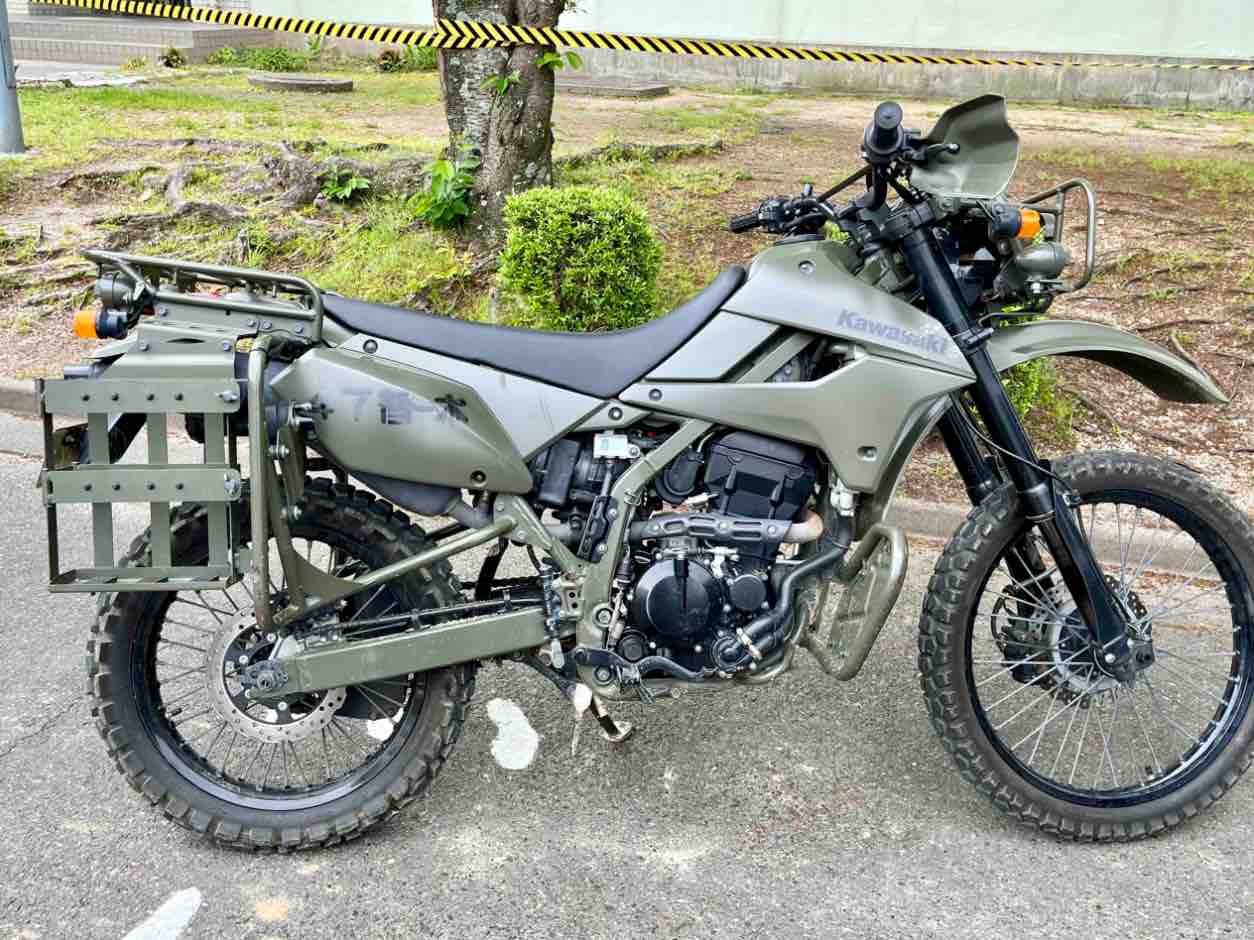 Kawasaki KLX250
Kawasaki KLX250
These JGSDF motorcycles are nothing conspicuous performance wise, but they are heavily used in rough terrain compared to their civilian counterparts.
The small, agile one-manned vehicles are perfect for scouting areas where Type 87 Reconnaissance Vehicles cannot move in, and are used as messengers when communications are unreliable.
Using their versatile and elusive nature, these motorbikes are often one the first to be dispatched disaster stricken regions where damaged roads and debris make the passage of large vehicles impossible.
The JGSDF motorcyclists will move into the isolated areas, gathering information and assessing the situation before actual disaster relief units arrive.
With frequent natural disasters and 75% of the land being mountainous regions, it is only logical for Japan to rely on these motorcycles for various purposes.
To Remain In Service
Nevertheless, their engine noise is far from being subtle, making them susceptible to enemy detection.
With drones overtaking surveillance in general, JGSDF is also shifting towards UAVs for such missions, though it is unlikely that motorcycles would be completely phased, at least in the near future.
The War in Ukraine has seen the rise of drones, but it has also re-emerged the value of motorcycle scouts. Ukraine employs a number of reconnaissance units on relatively quiet electric motorbikes, giving them mobility through dense forests.
On the other hand, Russia has been confirmed using motorcycle soldiers as bait for FPV drones and artillery strikes, something quiet gruesome, but proven to be effective.
So, motorcycles might be instrumental in sniffing out concealed enemy positions in exchange for high causalities.
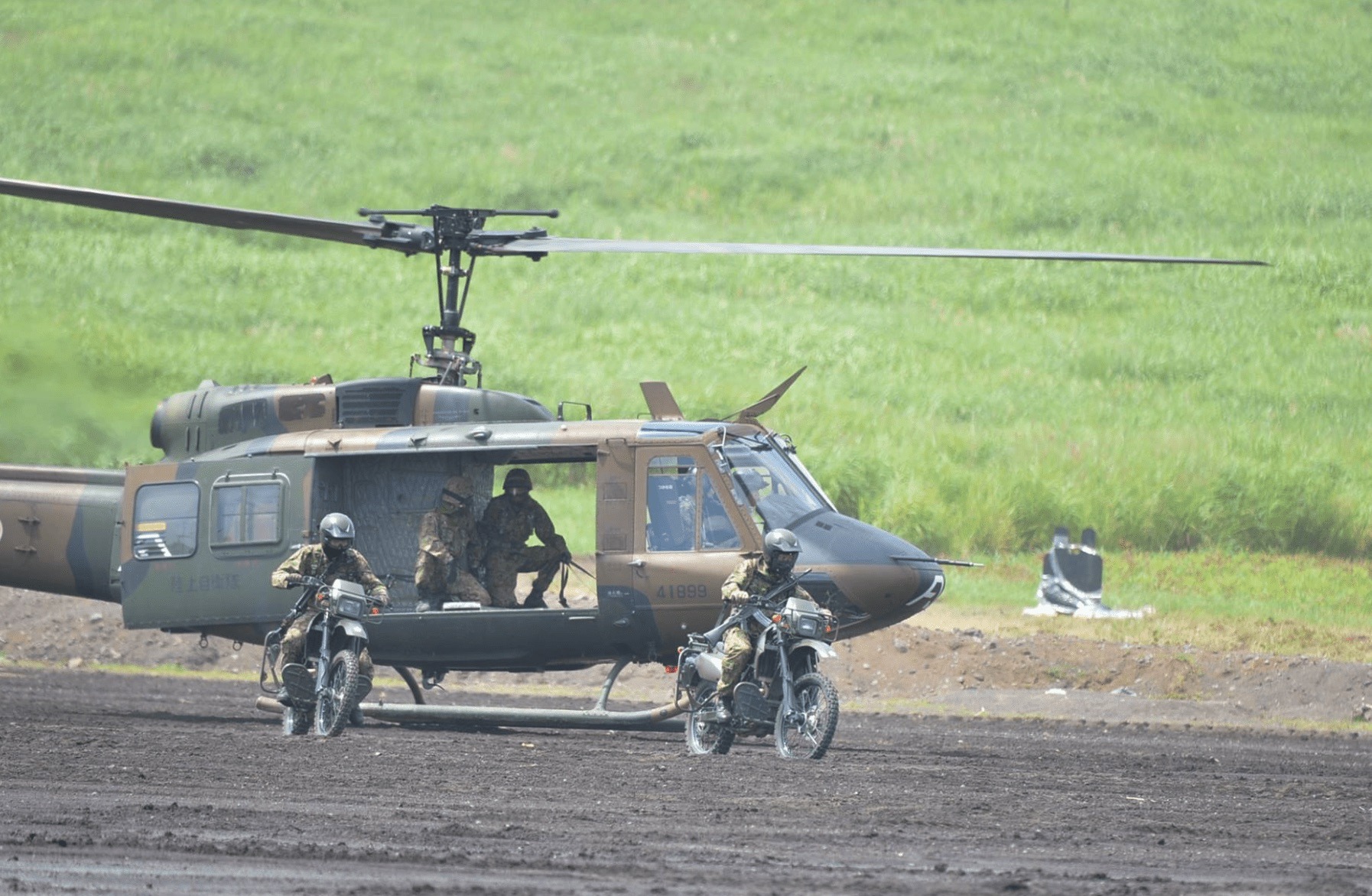 Deploying from helicopters (photo: JGSDF)
Deploying from helicopters (photo: JGSDF)
Compared to the recent Russian military, JGSDF values the lives of their fellow soldiers, but this does not mean they have an aversion towards employing the motorcycles on high-risk missions.
On the contrary, JGSDF has long envisioned using the scout bikes in rather aggressive missions, such as reconnaissance in force which involves engaging the enemy to grasp their size and strength.
A typically JGSDF motorcyclist would carry the standard Type 89 rifle, thereby enabling some level of combat, whereas the bike itself can be utilized as shields when laid to the ground.
Some cases would have the rider standing up and firing the rifle whilst driving at full speed, an act that requires high expertise.
Such live-action can be seen during the annual open-base day, where reconnaissance motorcycles usually demonstrate their acrobatic techniques in front of the crowd.
Surprisingly, most of these riders did not have any pre-experience in driving motorcycles before entering the army. It was only after they completed basic training and moved on to a two week special training course where they first got their hands on a motorbike.
Because these motorcycles are based on commercial products and not classified as military secrets in any way, one can find old second-hand vehicles on auction, if they’re fortunate enough.
Each would cost around 500,000 yen or 4,000 USD, though assembling from spare parts or refurbishing scrap units may be more feasible.

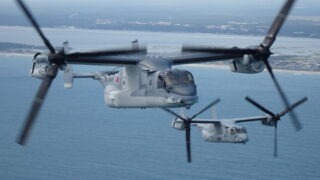

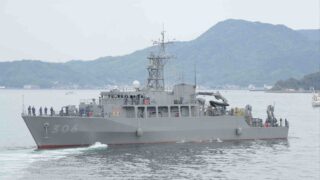
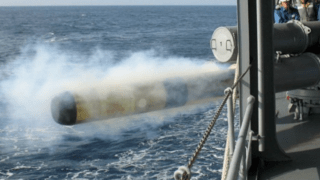
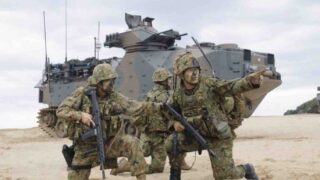
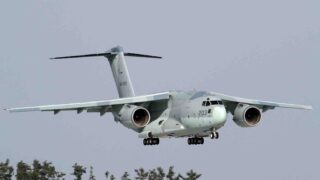
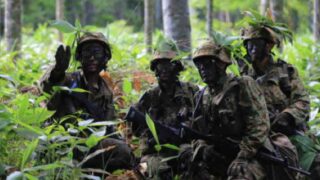
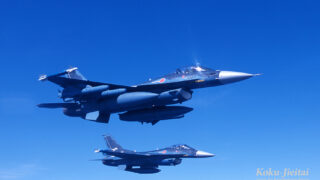
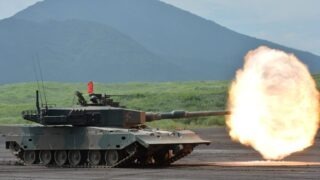
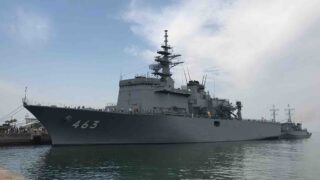

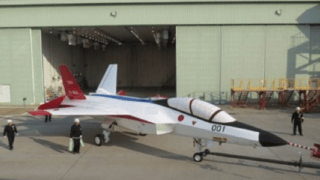
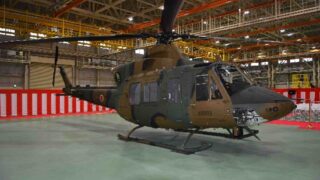
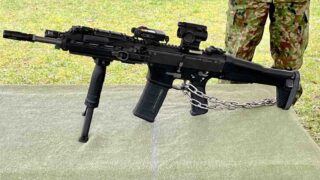
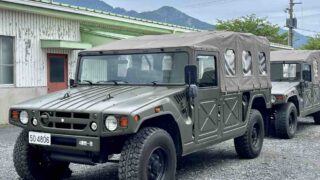
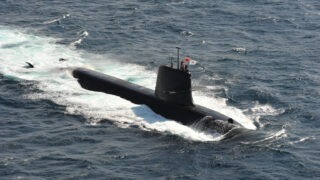
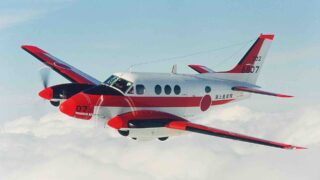

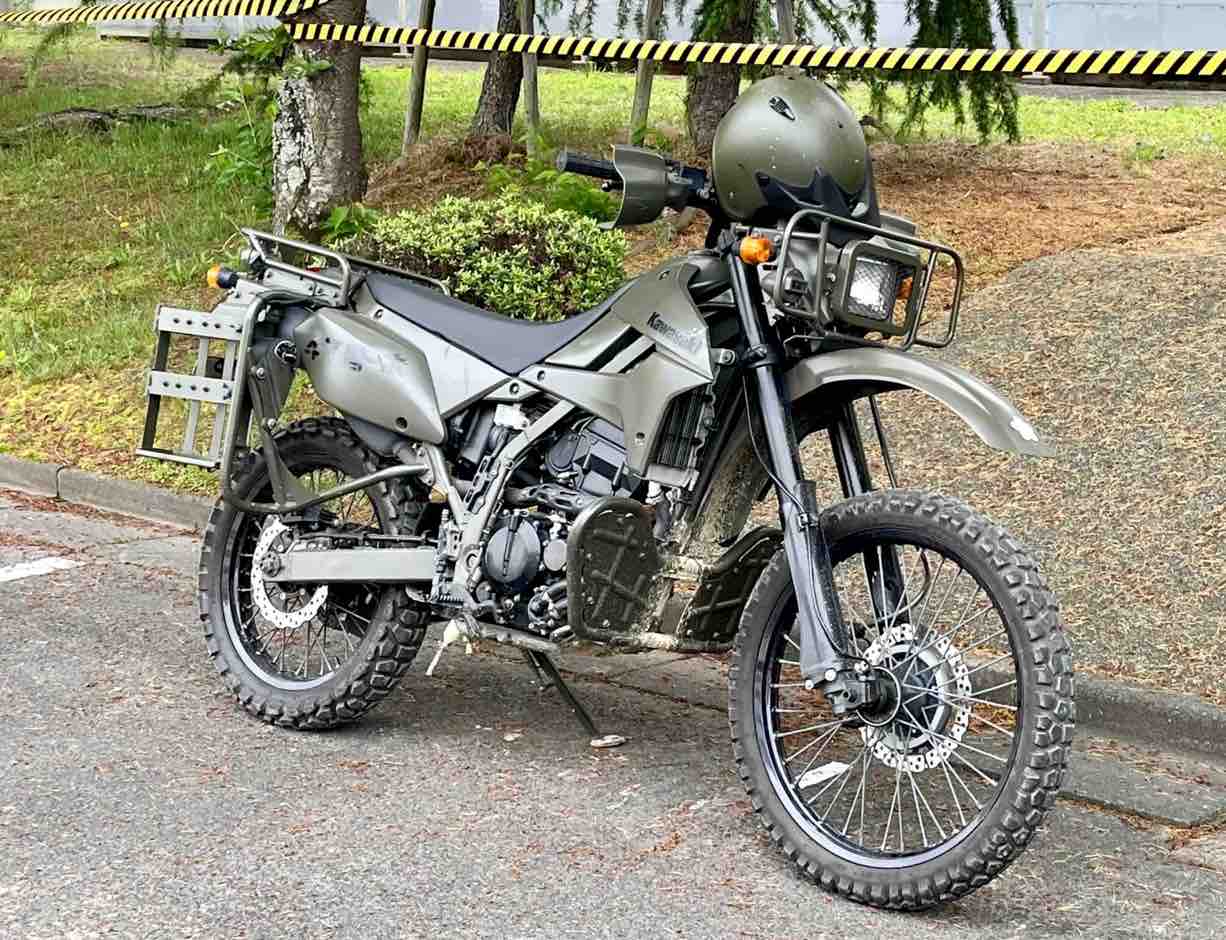
Comments